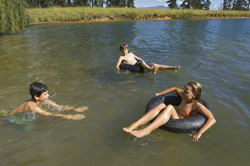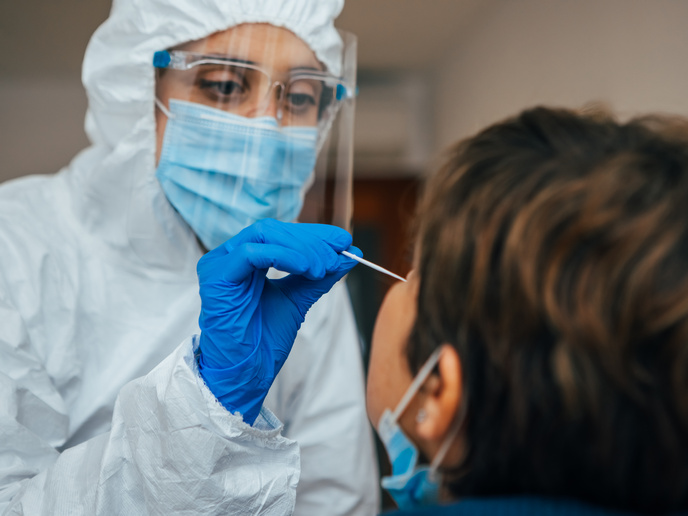Safer swimming on the horizon
Noroviruses and adenoviruses are infectious agents that can be contracted through waters used for swimming, surfing and other recreational activities. Both are responsible for infectious diseases especially norovirus, which causes gastroenteritis (‘winter vomiting disease’). Adenoviruses cause a range of respiratory, intestinal and eye infections which occasionally result in illness, particularly in young (less than 36 months) children. As both can be spread faecally and through droplets from the respiratory system, it is important that testing methods for these viruses in recreational waters are accurate and able to give an idea of the extent of pollution. The objectives of the EU-funded project Virobathe included the investigation of testing methods for both types of viruses. Links with faecal pollution could then be established and the technologies developed incorporated into the environmental and social programmes of EU Member States. As specified by the Commission, rapid tests for both viruses were developed. These were based on the polymerase chain reaction (PCR) technique for speed and economy, as well as real-time (RT-PCR) tests for quantitative assays. Moreover, the team developed a test for adenovirus infectivity. Three methods for virus concentration were compared – two based on viral adsorption to negatively charged membranes, and one based on adsorption to glass wool. Skimmed milk and beef extract solutions were compared for recovering the viruses from the filters. For fresh water samples, adsorption to membranes followed by skimmed milk elution gave the best virus recovery, and for sea water samples membrane filtration with beef extract elution was superior. Virobathe researchers made various recommendations for the direction of future study. First, project activities revealed that noroviruses are not a feasible target for routine monitoring of pollution as they are shed by people only when they are ill.However despite a variation in serotypes, human adenoviruses were common as they are regularly shed by most people, though usually without illness. Consequently, the next stage for investigation could be to reconcile levels of adenoviruses with numbers of faecal indicator bacteria (probably enterococci). Overall, the 16 Virobathe project partners recommend it is now realistic to refine approaches to linking virus occurrence with health effects from recreational water use. Numbers of adenoviruses can then be used as an indicator of pollution and this knowledge can be used to contribute to improvements in European bathing water.







